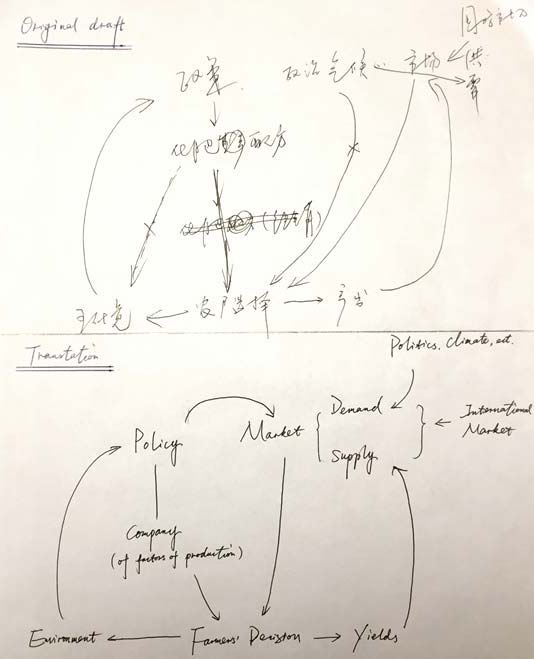Participants:
- William McConnell (U.S. team member)
- Paul Burke, Director for North Asia, USSEC
The conversation included factors influencing soy production and consumption trends in China, as well as China’s participation in international markets and the effects of these dynamics on US producers. To begin the discussion, the project’s goals and objectives were explained, along with an overview of the project participants and the work conducted to date. In the 1990s, Beijing planners decided that the country could not grow sufficient row crops to meet domestic demand, and that the country therefore needed to import. This has led to open markets for soy, with policies implemented to encourage oilseed imports, involving tariffs, licenses and quarantines. At the same time, corn acreage has grown because of its strong response to fertilizer. New subsidies are now being offered to re-encourage soy in order to avoid continuous/mono cropping and China’s five-Year Plan includes a goal for increasing soy production. As to the question of whether it might eventually be possible to meet demand internally, many things would have to go right, such as Coop efficiencies and adoption of technology (e.g., GMOs).

